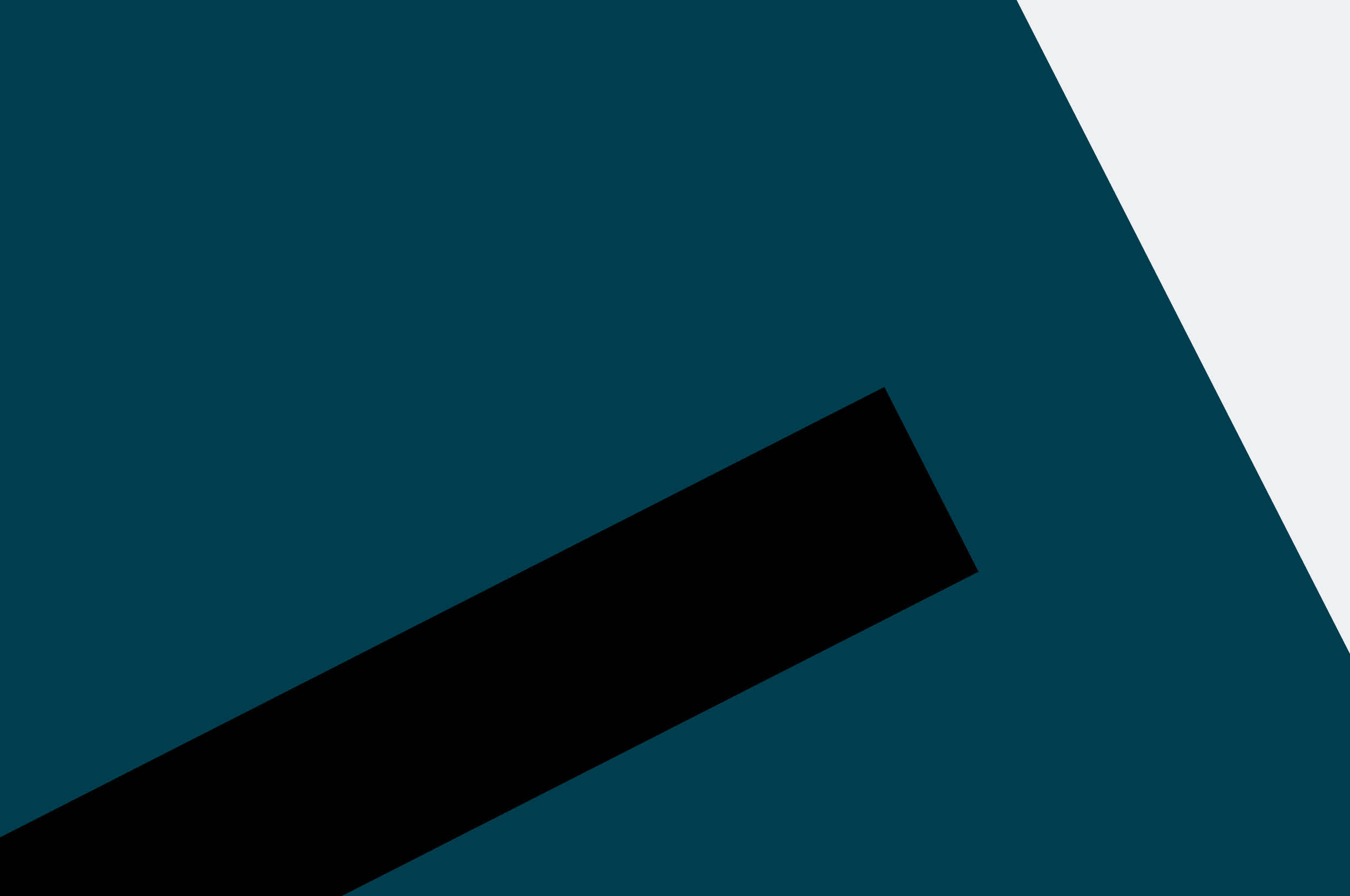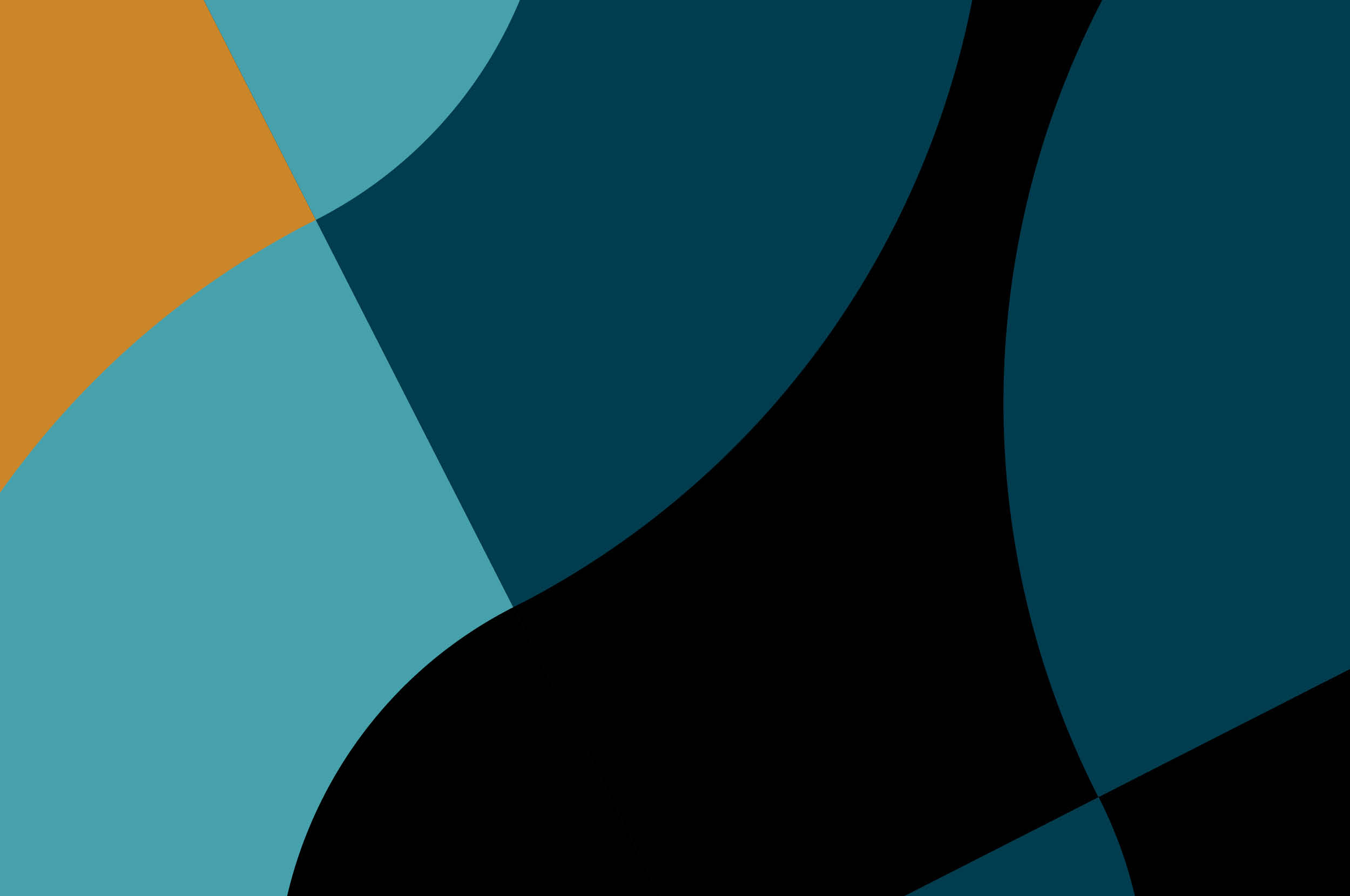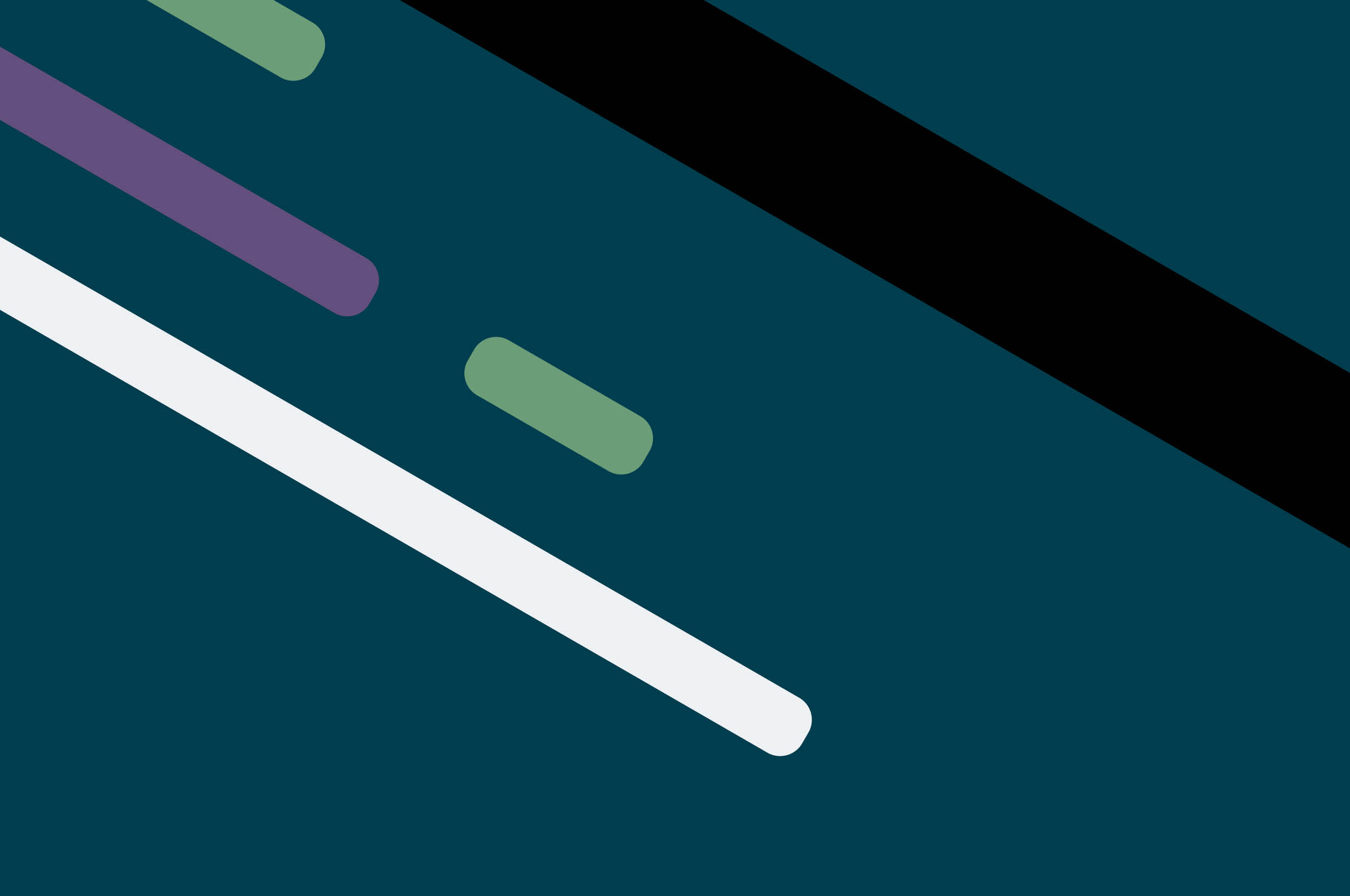The first part of this series introduced you to the process of identifying capability parameters and building a capability map for your teams. It also touched upon how you could assess your team’s capabilities thoroughly before rolling out the framework. The second part of this series will delve into the Deliver, Evolve, Grow (DEG) framework in more detail.
Deliver: augmenting your existing capabilities towards delivery excellence


Dimension 1: capabilities not present, they cannot be internally grown
These include areas where there is a strong need for expertise/experience built over years. Or capabilities that the organization may not use elsewhere (eg. legacy tech stack) and therefore does not qualify for heavy investment. Either way, the capability is still needed for the current team to succeed.
The recommended course of action is to augment the capability via external sources (hiring, short-term investments). This dimension needs to be owned by the project leadership to identify the required investment and for how long. The implementation may need support from hiring, contracting and similar external mechanisms. The earlier this is identified, the easier it is to get the right capabilities onboard.
Dimension 2: capabilities present, but not demonstrated in the current context
These gaps indicate that there is a lack of clarity on expectations, space for people with the specific capability (‘let the other person do it’ syndrome) or confidence.
Depending on the root cause, explore solutions, including:
Reaffirming the team/project expectations
Rejig team structures to create space and reduce overlaps
Coaching (for a specific period of time, typically weeks)
Shadowing (for a specific period of time, typically weeks)
Evolve: building a second layer of leadership


Dimension 3: capabilities that can be grown internally
You might have team members with this capability but there is heavy dependence on them - typically these folks form the first layer of leadership in the team. To both, ease the pressure off of these folks and to allow them to move onto new opportunities – the second layer needs to be upskilled. (In this context, layers do not refer to grades or seniority, but is a reference to proven skillset). This can be done through various means, including:
Pairing with an expert
Training/Certifications
Growth map (where does this capability fit in, with the goals/aspirations of the individual and team)
Mentoring support
The key difference between the ‘Deliver’ and ‘Evolve’ phases is the timeframe. ‘Deliver’ needs to happen within a short period of time for the team to meet the client's goals. However, you can design the ‘Evolve’ over a longer duration, with checkpoints in place. This way, over a period of time, more people will have the required capabilities. And, this sets the pathway for growth.
Typically, account teams do not focus on ‘Evolve’ unless there is a strong need, say, attrition. This reactive measure neither keeps the team members engaged nor helps build a learning culture. By proactively working on evolving capabilities and building teams where more people have the required skill sets, we set the stage for growth – the final and key part of the framework.
Grow: leveraging the benefits of capabilities built and setting the stage for further growth
In the ‘Grow’ part of the framework, there is a focus on the future, where we identify actions to nurture and grow the capabilities of team members. Here, the goals are individual growth, building a second layer of leadership and working on capability needs, while ensuring delivery excellence.


The Grow phase is focused on creating opportunities for individuals. So, rotations play a key role. At Thoughtworks, we believe that rotations help us build a learning organization where every individual gets to explore, learn, contribute and cultivate people around him/her. However, this should neither affect nor reduce the quality of the client experience.
How do we achieve this?
By constantly building capabilities, even in cases where we seem to have enough people with the required capabilities
Nurturing the next layer(s) to stretch to senior roles
Leverage senior folks to identify value add for the client(s)
The graph below outlines the progressive growth of capabilities over a period of time. The dotted line in the middle depicts the capability needs of the team. As we go through the Evolve and Grow phases, the capabilities show a wave but they never dip to a state where the team struggles to meet the project goals.


If all of this feels like an elaborate system that would eat up a lot of time, allow us to assure you it doesn’t. In our experience, building the capability map takes a few hours of team conversations to arrive at the right set of capability parameters.
Once done, working through each dimension for every individual simply becomes part of their performance and growth conversations. The team shares feedback, updates the capability map and defines the next milestone in their monthly cadences. The Deliver, Evolve, Grow framework is designed to fit in squarely within your existing review and feedback processes, making it easier for you to operationalize at scale.


Key stakeholders and success metrics
The key stakeholders for the ‘Deliver, Evolve, Grow framework’ are:
Organizations (who adopt the framework)
People (who implement the framework)
Clients (who experience unhindered delivery excellence)
While the framework, by design, is by the people and for the people, what’s its impact on key stakeholders outside of the team – namely the client and the organization?
For the client
From a client's perspective, there should be no impact to ongoing delivery as various phases of the framework are implemented. They will experience a team with a learning culture and lesser dependence on individual stars. While rotations are always viewed as a loss of skilled personnel, the Grow part of the framework ensures multiple people with significant client context and proven skills are always present within the delivery teams.


For the organization
The framework should enable the growth of people, which in turn can enable rotations. Here, you measure success by the ability to start newer opportunities and increased engagement from people.
For people
The success metrics for people can be qualitative (feedback on the opportunities/support they received and how it helped their career) or quantitative (how have I improved on a particular capability parameter compared to where I started).
Deliver, evolve and grow in the new normal
The pre-pandemic world offered the luxury of teams working together in a space, bonding with each other and building on each other’s strengths over a period of time. With all interactions switching to a video-conferencing mode, it has become much harder to build teams that are poised to organically grow in a similar way. The DEG framework provides a structural way for teams to talk about capabilities as a regular occurrence and not as an afterthought.
Disclaimer: The statements and opinions expressed in this article are those of the author(s) and do not necessarily reflect the positions of Thoughtworks.


















